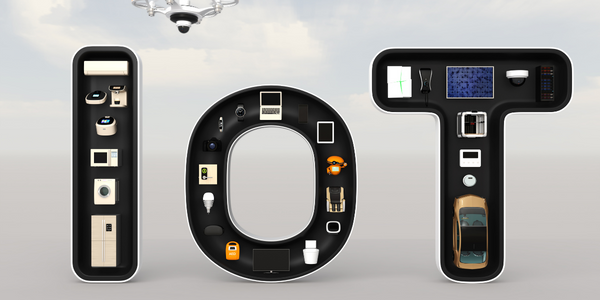Technology Category
- Cybersecurity & Privacy - Identity & Authentication Management
- Networks & Connectivity - 5G
Applicable Industries
- Equipment & Machinery
- Telecommunications
Applicable Functions
- Quality Assurance
- Sales & Marketing
Use Cases
- Leasing Finance Automation
- Time Sensitive Networking
About The Customer
Orange Spain, part of the Orange Group, is a telecommunications service provider serving 21 million customers via its Orange, Jazztel, and Simyo brands. It provides both consumers and businesses with a range of fixed and mobile telephony, broadband, and TV services. The telecommunications market in Spain is mature and highly competitive with new, small operators springing up all the time and devouring market share. Data plays a critical role in Orange Spain because it drives critical business decision-making. Typical data assets include network performance, mobile coverage, 4G and 5G users, customer credit scores, and customer product usage.
The Challenge
Orange Spain, the second largest telecommunications company in the country, was grappling with the issue of customer churn in a highly competitive market. The company's market share was under constant threat from other telecom players, particularly start-ups offering low-cost introductory deals. The company's approach to data governance was inefficient, with data being managed using spreadsheets. This made it difficult for data scientists to quickly access the right data and ensure its accuracy. They spent days searching for information and exchanging emails with different business teams to establish data validity. The company's business glossary was in a spreadsheet, making it difficult to maintain, search for information, and establish clarity around data ownership.
The Solution
To address these challenges, Orange Spain selected Collibra as a single solution to easily find and understand data across the organization and enable end-to-end visibility, value, and trust. Collibra lists every data asset, business definition, and data owner, and defines and automates the steps and workflow needed to create new data assets. The company worked with Collibra and a business partner to develop and improve its data governance framework and implement it into Collibra. Collibra was integrated with the company’s data analytics platform and reporting tool. The solution helped Orange Spain improve how it addresses several internal, group, and external audits. It also helped deliver reliable, accurate, and high-quality data, ensuring that the business has one, trusted, and accurate source for the number of customers.
Operational Impact
Quantitative Benefit

Case Study missing?
Start adding your own!
Register with your work email and create a new case study profile for your business.
Related Case Studies.

Case Study
Smart Water Filtration Systems
Before working with Ayla Networks, Ozner was already using cloud connectivity to identify and solve water-filtration system malfunctions as well as to monitor filter cartridges for replacements.But, in June 2015, Ozner executives talked with Ayla about how the company might further improve its water systems with IoT technology. They liked what they heard from Ayla, but the executives needed to be sure that Ayla’s Agile IoT Platform provided the security and reliability Ozner required.

Case Study
IoT enabled Fleet Management with MindSphere
In view of growing competition, Gämmerler had a strong need to remain competitive via process optimization, reliability and gentle handling of printed products, even at highest press speeds. In addition, a digitalization initiative also included developing a key differentiation via data-driven services offers.

Case Study
Predictive Maintenance for Industrial Chillers
For global leaders in the industrial chiller manufacturing, reliability of the entire production process is of the utmost importance. Chillers are refrigeration systems that produce ice water to provide cooling for a process or industrial application. One of those leaders sought a way to respond to asset performance issues, even before they occur. The intelligence to guarantee maximum reliability of cooling devices is embedded (pre-alarming). A pre-alarming phase means that the cooling device still works, but symptoms may appear, telling manufacturers that a failure is likely to occur in the near future. Chillers who are not internet connected at that moment, provide little insight in this pre-alarming phase.

Case Study
Premium Appliance Producer Innovates with Internet of Everything
Sub-Zero faced the largest product launch in the company’s history:It wanted to launch 60 new products as scheduled while simultaneously opening a new “greenfield” production facility, yet still adhering to stringent quality requirements and manage issues from new supply-chain partners. A the same time, it wanted to increase staff productivity time and collaboration while reducing travel and costs.

Case Study
Integration of PLC with IoT for Bosch Rexroth
The application arises from the need to monitor and anticipate the problems of one or more machines managed by a PLC. These problems, often resulting from the accumulation over time of small discrepancies, require, when they occur, ex post technical operations maintenance.

Case Study
Data Gathering Solution for Joy Global
Joy Global's existing business processes required customers to work through an unstable legacy system to collect mass volumes of data. With inadequate processes and tools, field level analytics were not sufficient to properly inform business decisions.







